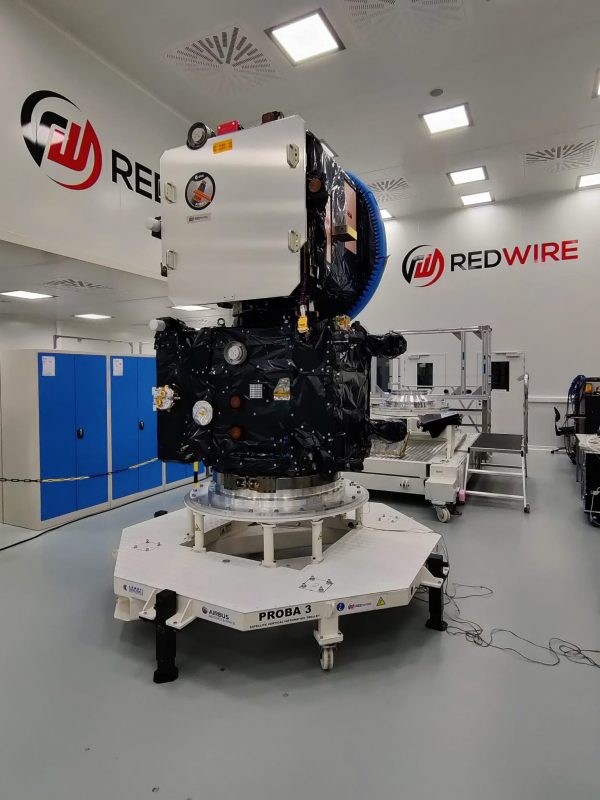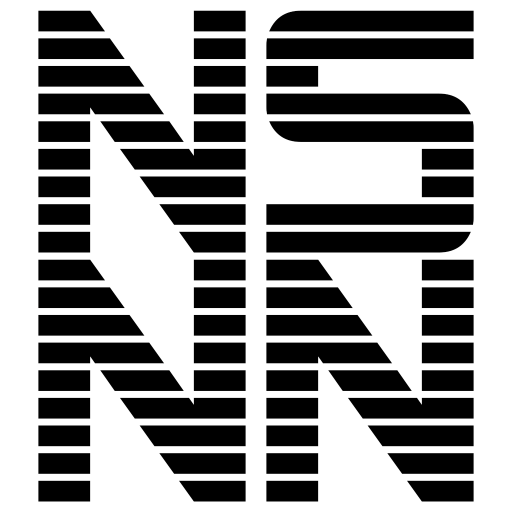The European Space Agency’s upcoming mission, Proba-3, has completed several testing milestones in preparation for launch this year. Proba-3 will be the world’s first precision formation flying mission. The mission will see two spacecraft acting as one and will demonstrate flying technology and rendezvous experiments that can be used for future missions that will require formation flying.
The testing was carried out by Redwire Space, one of the companies involved with the Proba-3 mission. Their Belgium team is responsible for spacecraft integration, testing, and the development of one of the mission payloads.

Redwire worked with partner Airbus Defense and Space on the autocompatibility test. The test saw the two spacecraft stacked together as they will be during launch and for the first month of their mission. The Redwire team checked to ensure that the electromagnetic radiation of the installed antennas didn’t interfere with any of the electrical systems of the two spacecraft. The team found that there were no disturbances within the subsystems.
Redwire and ESA completed testing of the spacecraft’s Fine Lateral and Longitudinal Sensor, or FLLS. This laser sensor is one of the methods used by Proba-3 to ensure precise measurements between the two spacecraft, helping to ensure the two spacecraft remain in formation with each other.
To test the FLLS, the team set up a series of mirrors within Redwire’s cleanroom. This allowed the laser to be bounced around the room in order to simulate distances much greater than the size of the room. The laser could then be calibrated using different measurement distances. During the mission, once the two spacecraft separate and begin flying in formation, they will fly 472 feet (144 meters) apart.
The Proba-3 mission will study the corona of the Sun. It will also demonstrate the ability to fly satellites in formation, which could be beneficial as building two smaller satellites that work in tandem could be more cost effective and avoids technical difficulties that come with building one satellite of equivalent size.

Leave a comment